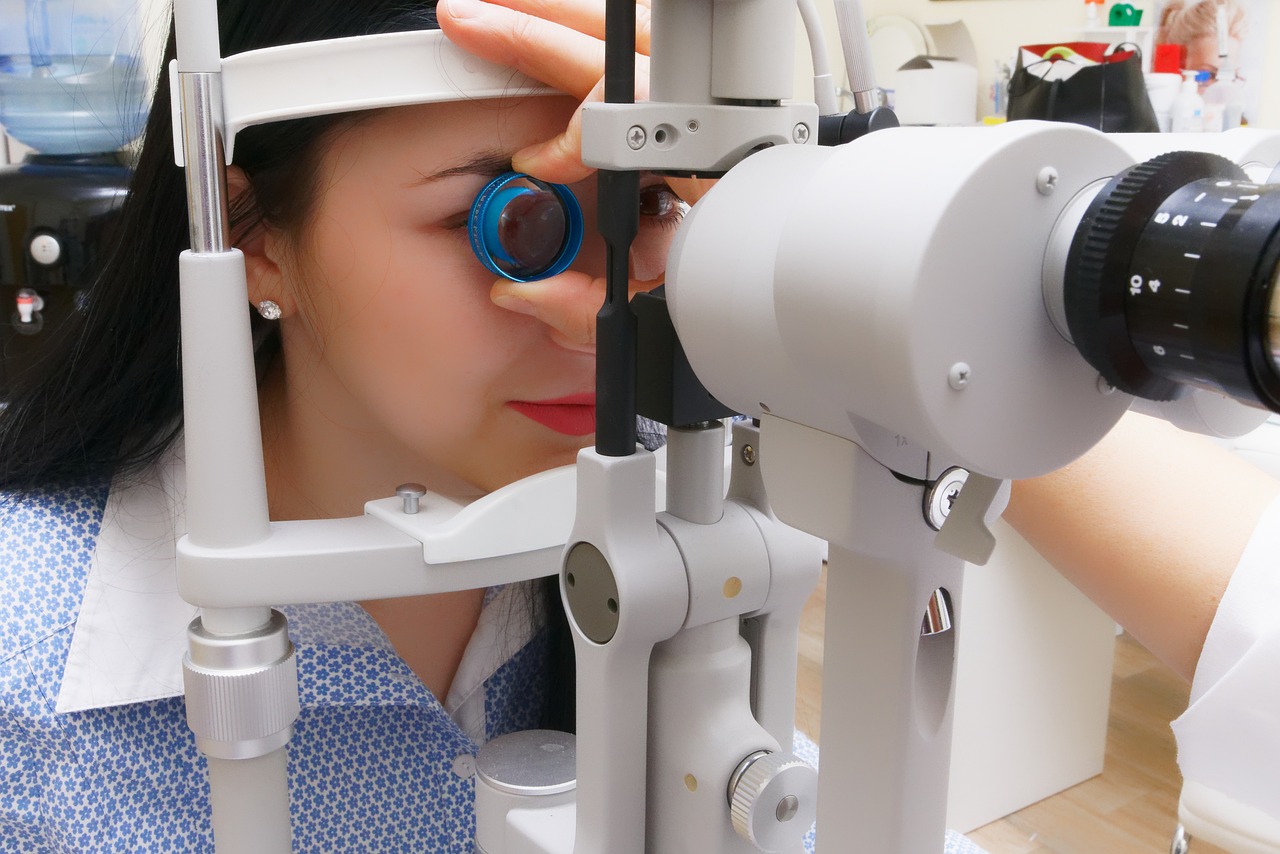We are often asked what is the difference between an NHS Eye Examination and an Advanced Eye Examination.
The latter is a extension to the normal eye examination-where we are able to use the most advanced instruments to provide a far more detailed examination which also are stored for future reference to compare changes that can occur within the eye. The Ocular Coherence Topographer is able to scan through the back layers of the retina, showing changes to corneal thickness, and any swelling within the retina. The Optomap creates an Ultra Wide Image of the retina –so we are able to see and evaluate the retinal surface to an impressive level of magnification and to us provides a ‘wow’ factor in what we can see –so much so that our optometrists feel they are better professional clinicians from those images. Our DNEYE scanner provides so many other informative details including pachimetry(measuring thickness of cornea), topography(measuring accurately the curvatures of the cornea, axial length (important when providing myopia management), aberometry (where we can individualise lenses so much more accurately to patients eyes), non-contact tonometry (for pressure readings of the eye) and drainage angles for concerns with glaucoma.
We also measure visual fields through the industry leading fields instrument
All this adds to why we highly recommend the Advanced Eye Examination-but is still your choice as we understand that some people are happy with the normal eye examination-though if you can claim on this through the NHS then you can just simply pay a small fee over the NHS for these extra tests. If you are on our Eyeplan then all the tsets are covered through the full Eyeplan scheme.

